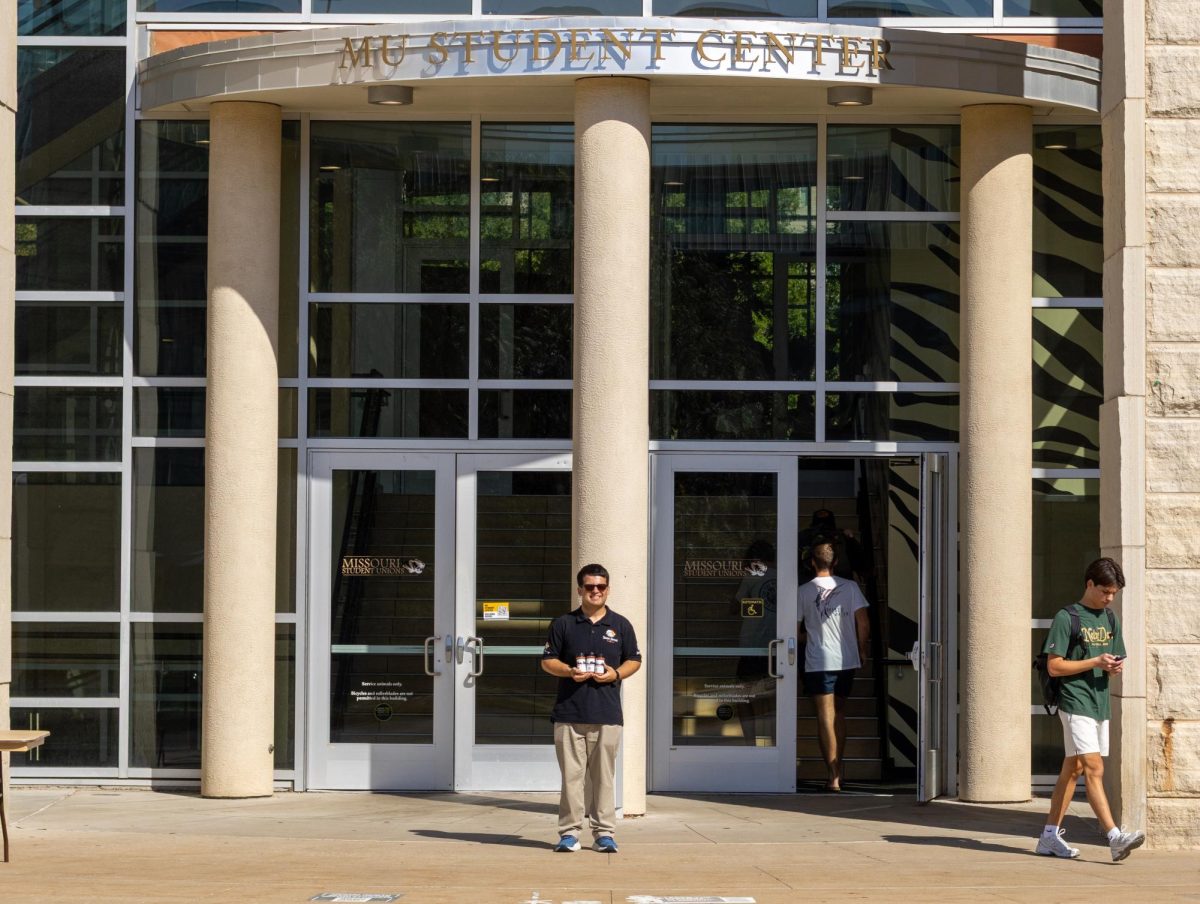Known more for its role in water and less for its real world applications, hydrogen proved to be the driving force, literally, behind last week’s Hydrogen Car Auction.
TigerGen I, the first generation hydrogen-powered car retired from the public eye and was sold for $3,650 to a private bidder after a week-long auction. The car had previously participated in the 2008 North American Solar Challenge as a demonstration vehicle and had been shown at public events.
“TigerGen I was our first attempt at a hydrogen vehicle,” TigerGen team President Victoria Hezel said. “It was built to look like many of the solar cars, as that was the design the team was familiar with at the time.”
The car, which went into production in 2006, took three years and extensive planning from a team of mechanical and electrical engineering students, computer science students and business students to complete.
“This gives students a really good idea of the reality of their education when they (have to) apply it to the design and building of the vehicle,” faculty adviser Richard Whelove said. “Plus, this is a multidisciplinary team. These are just wonderful projects for them.”
A drastic switch from the usual construction of solar powered cars, TigerGen I was the direct result of the end of the North American Solar Challenge, a competition the team prepared for and participated in every two years.
“The event more or less ran its course,” Whelove said. “So we were always thinking that instead of just the solar car, they would write new rules for new fuel sources. We built TigerGen I thinking that they may open up a new category for hydrogen fuel cells, but they didn’t. We stayed with that idea and found a different competition to go to.”
The successful switch not only led to the development of TigerGen I, but its descendants, TigerGen II and TigerGen III, all hydrogen powered vehicles.
“We design and build these cars to race and showcase to the general public,” Hezel said. “Up until recently, we continued to show this car, so we did not attempt to sell it until this fall. We decided to sell TigerGen I as we now have TigerGen II and are currently building TigerGen III to race this spring in the Shell Eco-Marathon Americas.”
The profit from TigerGen I will funnel directly back into the organization to help fund future cars and competitions.
“Some of the parts were removed from the car, but considering the price of the carbon fibers used and the hydrogen tank that is inside of the car, I think it’s a bargain at the very least,” Chemical Team leader Chad Able said. “This is the first time we sold one of our cars. I believe it was a success, we can use the money for our cars in the future to make them better.”







